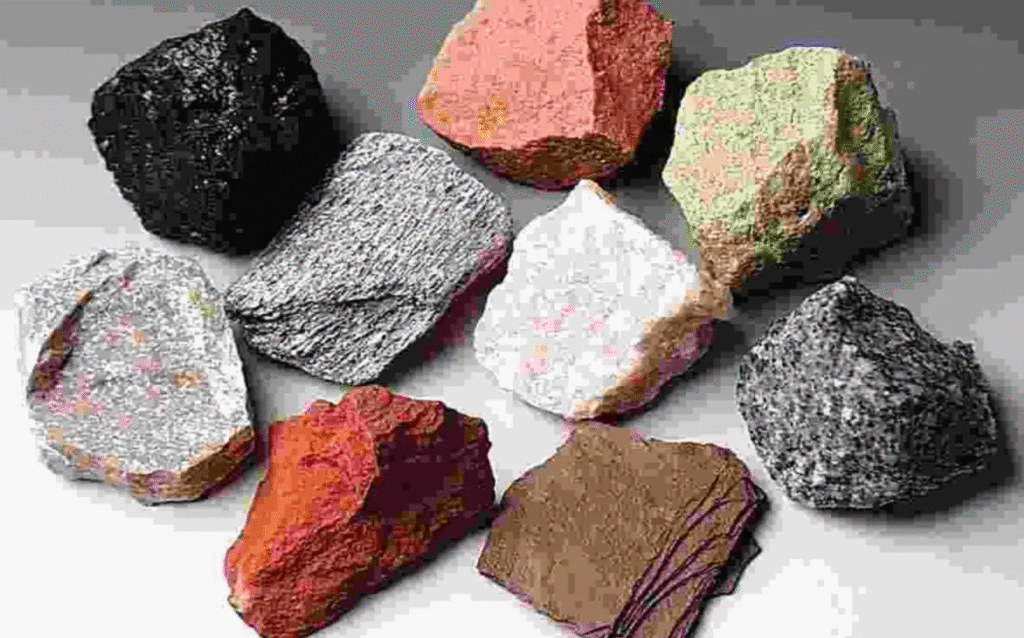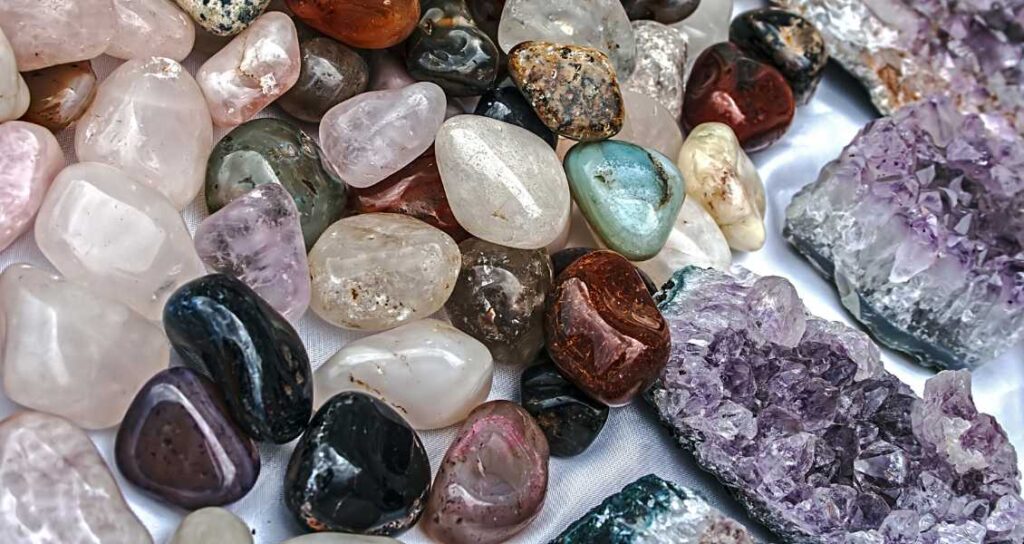Dar es Salaam. Tanzania has unveiled 14 strategic opportunities for mineral value addition that could generate up to USD 11.7 billion (around Sh30.4 trillion) annually, marking a significant leap in its ambitions to move beyond raw mineral exports.
These opportunities, identified across 11 key minerals, are part of the government’s Mineral Value-Addition Strategy 2025, which aims to transform the mining sector into a powerful engine of industrialization, job creation, and revenue growth.
The identified value-addition streams span a wide array of minerals including gold, graphite, copper, nickel, rare earth elements, lithium, iron, phosphate, kaolin, bauxite, and coal.
According to the Ministry of Minerals, these minerals hold vast potential not only for export earnings but also for the development of local industries—such as battery manufacturing, fertilizer production, ceramic goods, steel, and electronics—if processed domestically.
By targeting downstream activities like refining, smelting, and manufacturing, Tanzania hopes to significantly reduce its dependence on exporting unprocessed mineral ores.

The government’s strategy emphasizes that retaining value from these resources is essential for inclusive economic development. Currently, most minerals are exported in raw form, generating limited returns for the country.
Through deliberate investment in beneficiation infrastructure and policy reforms, the government projects that the value of refined and manufactured mineral products could rise to comprise 95 percent of total mineral exports by 2026, up from the current 85 percent. Simultaneously, the share of raw minerals in exports is expected to fall below 5 percent, reversing the long-standing pattern of value loss through exports.
To unlock these opportunities, the government has rolled out supportive fiscal and regulatory frameworks. These include reduced royalty rates for refined minerals, VAT exemptions on domestically processed gold, and mandatory value-addition requirements for medium- and large-scale mining license applicants.
The Tanzania Investment Centre is also facilitating the establishment of mineral processing zones, including in Kahama and Chunya, while mineral refineries and zonal laboratories are being developed in regions such as Dodoma and Geita.
International investors are being encouraged to partner with Tanzanian firms to establish processing plants and manufacturing ventures. The strategy is aligned with global market trends, especially the rising demand for critical minerals like lithium and graphite used in electric vehicle batteries and renewable energy storage.

The country’s growing reserves of these minerals place it in a strong position to become a major player in the global clean energy transition—provided it builds the necessary infrastructure to add value locally.
Beyond economic benefits, the strategy also focuses on social development. Small-scale miners—who account for a significant portion of production—are being integrated into the formal economy through training, financial access, and the creation of centralized processing and trading centers.
The government is also investing in geoscientific mapping and laboratory services to support mineral exploration and ensure quality control across the value chain.
While implementation challenges remain, including the need for capital investment, skilled labor, and energy reliability, the government remains confident. With political will, institutional reforms, and strong partnerships, Tanzania is poised to shift from being merely a source of raw minerals to a center for refined products and industrial growth.
In identifying these 14 value-addition opportunities, Tanzania is sending a clear signal: the era of raw mineral exports is ending, and the future lies in creating wealth within its borders.
If successfully executed, the Mineral Value-Addition Strategy could not only boost national revenues but also reshape the country’s role in the global mining economy.


